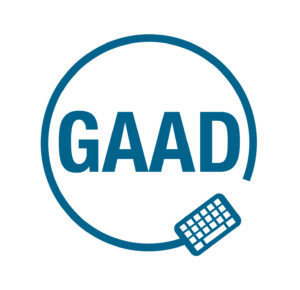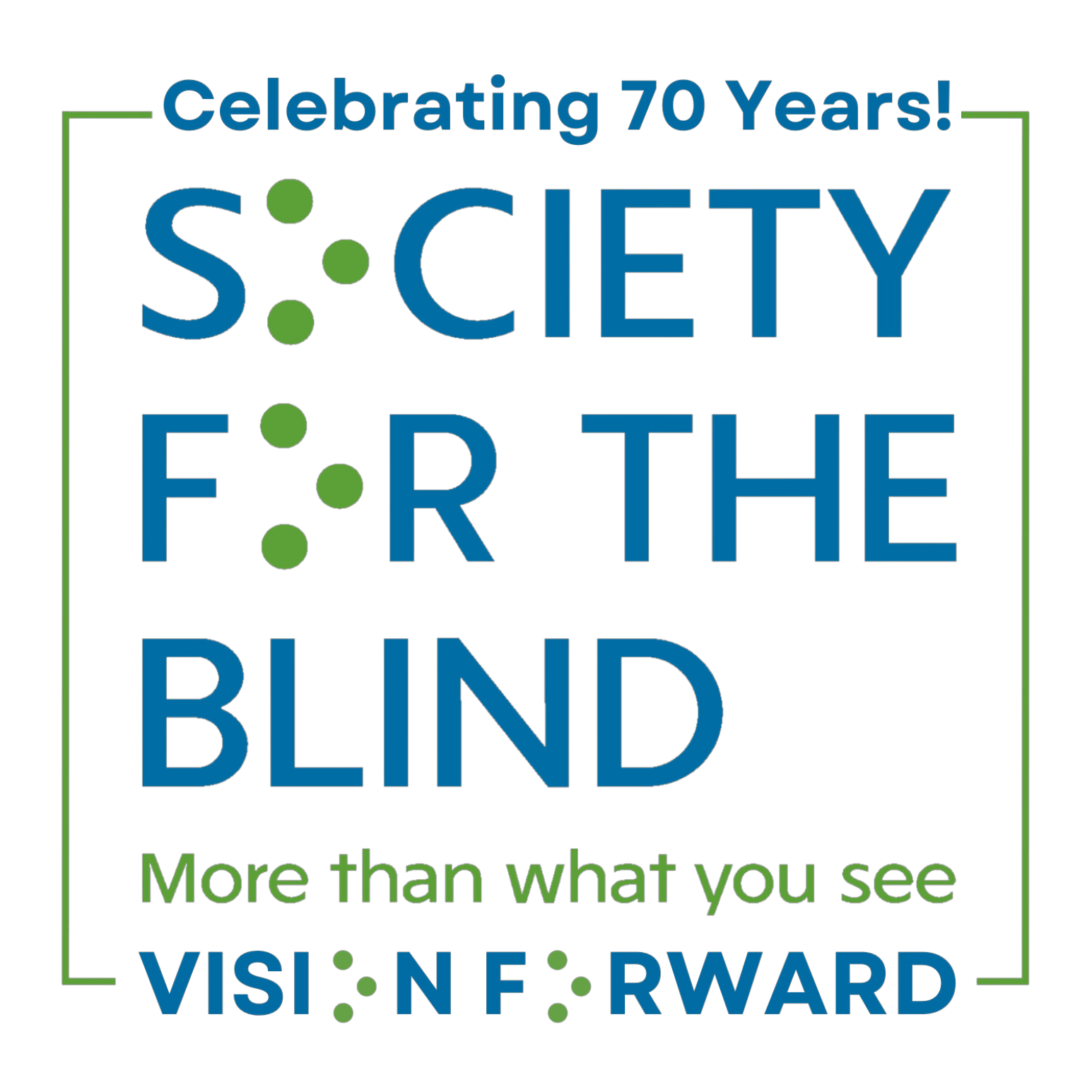Creating Pathways for Accessibility and Inclusion of People with Vision Loss
Global Accessibility Awareness Day will be celebrated on May 19. For people who are blind or have low vision, accessing information, enjoying movies and other events, and shopping for everyday products and services can still be challenging. Accessibility for someone with vision loss, or other disabilities, refers to how something is designed to be used, reviewed, read or otherwise accessed.
I want to touch on four areas where accessibility is often limited: websites, television/movies, social media and businesses. In all these areas, remediation to make them accessible is not difficult. It just requires us to think differently. In the case of someone who is blind, imagine experiencing a website, movie, social media post or retail store using only audio. Without visual input, facial expressions, activity in the background of a TV show and photos on Instagram, products being advertised cannot be conveyed to those who are blind or have low vision.
Critical to designing accessible websites is knowing that people who are blind use the keyboard to navigate a web page or app. Web content needs to be set up to allow for keyboard navigation instead of using the mouse to point and click. Today, Web Content Accessibility Guidelines (WCAG) help content authors, designers and developers create accessible websites. There are a number of web accessibility checkers you can use to determine if your website is accessible. Society for the Blind also provides website assessments for businesses and organizations.
Audio description is a growing field and is making film, TV shows and live performances accessible to people with vision loss. Audio description takes details that consumers with vision can see and makes them accessible to everyone by verbally describing key visual elements. Through audio description, a person who is blind can access information about the emotions of the actors and the context of the scene as facial expressions and actions on screen are verbally described. Products advertised in a commercial can be verbally described. A good example of this is MasterCard’s commercial featuring a person who is blind using their new Touch Card. Audio description and closed captioning are used throughout the commercial.
Social media posts containing photos and images are much more meaningful if images are explained using the Alt Txt feature. All major social media platforms provide step-by-step instructions on how to input alternative text in their FAQ sections. Video captions also are needed to make them fully accessible to blind or low vision users. Vimeo and YouTube provide tutorials on how to add video captions.
People who are blind or have other disabilities are consumers, and as our population ages, more people will require accessible services. Three of the leading causes of blindness in the United States affect people age 55 and older. Keeping and gaining customers with vision loss can be done by providing Braille and large print copies of menus and other business communications, as well as accessible electronic documents in formats such as PDF. Businesses should consider having an audio or live reader copy of statements and contracts that customers with vision loss can request.
The tools to make a website, social media, products and information accessible are out there. Society for the Blind is here to assist in finding those tools and creating accessible documents. In fact, some of our students are finding careers in audio description and voiceover work, as well as working on designing accessible web content.
Society for the Blind is committed to increasing accessibility to information, entertainment, products and services for the people we serve. Our students learn how to use accessibility features on their smart phones and computers, and they utilize myriad other products to access information. Businesses ensuring their websites, social media platforms and information to help sell products is accessible completes the circle.
Global Accessibility Awareness Day is a time to celebrate successes and recommit to making web-based services, digital products, entertainment and everyday activities fully accessible for people living with low vision and blindness so they can discover, develop and achieve their full potential.
